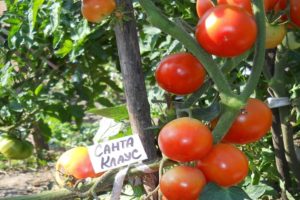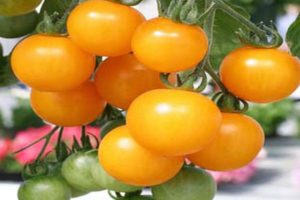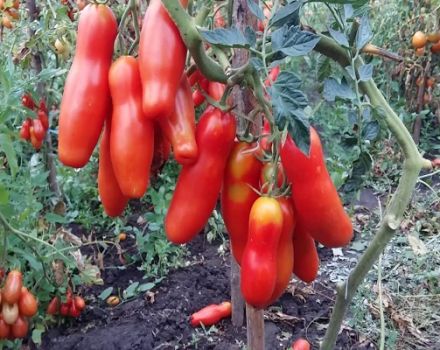Description and characteristics of the tomato variety Lazy's Dream
What is so interesting about the Tomato Dream of the Lazy? And why does it attract the attention of not only novice vegetable growers, but also farmers with extensive experience in growing tomatoes? Those who do not have too much free time to take care of the garden will be interested in getting to know this cultivated plant.
The history of the creation of the variety
Little is known about the history of this tomato. This variety was bred by domestic breeders at the beginning of this century. And in 2008, after a series of tests, the tomato was named the Dream of a Lazy One and was entered in the state register.

Main characteristics and description of the variety
The characteristic and description of the Mechta Lazyanka variety begins with the fact that it is a new variety (not a hybrid) and does not have the F1 hybrid species of the same name. These bushes are of the determinant type and are standard. In height, the shoots of the Lazy Man's Dream grow to 0.35-0.4 m. This tomato is classified as an early one, since the harvest is carried out three months after the seedlings appear.
The shoots are covered with foliage of medium width, rather long, their color is light emerald. Shoots do not require pinching.
Inflorescences are simple, ripening fruits are pale green, after ripening they become bright red. The shape of the fruit is flat-round, slightly ribbed. Each tomato contains at least four nests with seeds. Since the variety is not hybrid, the seeds can be used for replanting later. On average, the ripe fruit hangs out at 120-125 g. The yield of the variety is average, up to 4.5 kg of ripe fruits are usually harvested from one square meter.
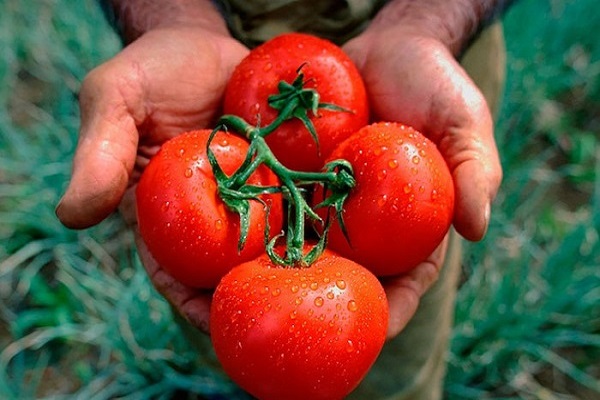
The Lazy Tomato is used fresh, as well as in canning.
The description of the variety will be incomplete if you do not talk about its resistance to major diseases. This vegetable crop is highly resistant to verticillium, tobacco mosaic, fusarium, late blight, powdery mildew. Usually these tomatoes are grown in greenhouses or under a film covering.

The main pros and cons of the variety
The main advantages of the Lazy Man's Dream include:
- high resistance to major diseases affecting tomatoes;
- early enough amicable ripening of the crop;
- the variety does not require tying to supports, pinching and pinching;
- compactness and diminutiveness of the bushes;
- good taste and excellent presentation of ripe fruits;
- tolerate transportation well;
- the skin is not prone to cracking;
- the ability to further use seeds for planting.

There are practically no disadvantages of tomatoes The Dream of the Lazy. This completes the basic description of these tomatoes. But it's worth talking about how to grow this vegetable in greenhouses.
The nuances of growing tomatoes Dream of the Lazy
Those who grew this variety say that seedlings should be first grown at home, and only then planted under a film shelter or in greenhouses.
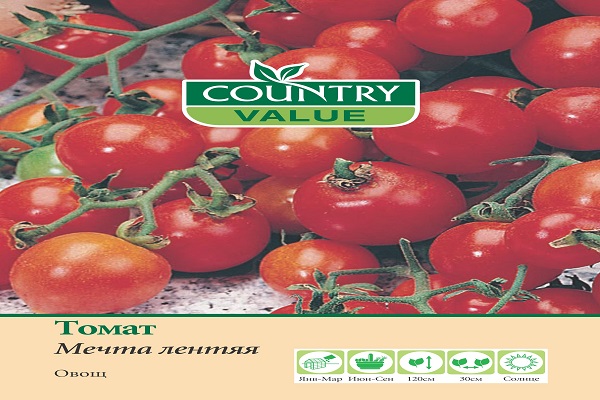
Seeds are planted in containers from mid-January to late March. Planting and caring for seedlings should be carried out in the same way as for seedlings of other tomatoes. Just so that the seedlings do not stretch up due to the short daylight hours, fluorescent lamps are installed above the boxes with seedlings. In this case, young plants will grow strong, and will not grow strongly.
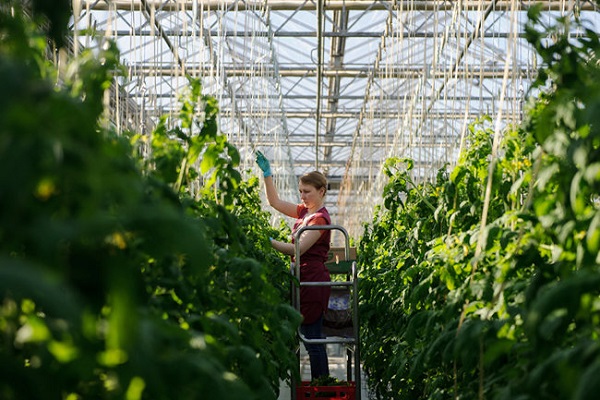
It is better to sow seeds rarely so that you do not have to dive seedlings in the future. After planting, seedlings appear in a week and a half. The temperature in the room should be maintained at +15 C. Until the seedlings are planted in greenhouses, they should be fed several times with complex fertilizers. Watering should be done in moderation - as the topsoil dries up.
The grown seedlings can be planted in greenhouses in mid-April. Harvesting is carried out depending on the planting of seedlings in a permanent place - from early June to early September. Those who planted the variety in the greenhouse say that special care of the plants is not required - you need to water, loosen, remove weeds and feed 2-3 times per season in a timely manner. Reviews about this variety, in general, are positive, who planted these tomatoes continues to do this from season to season.
